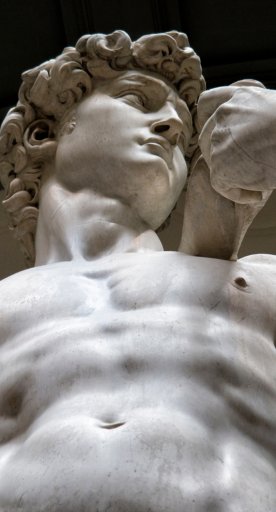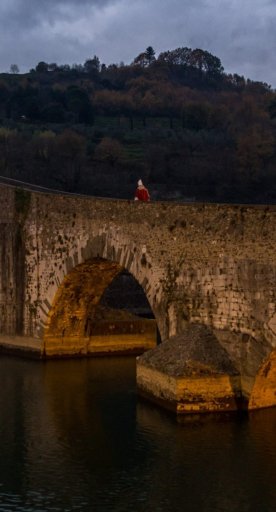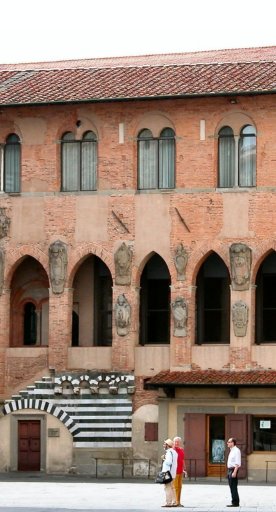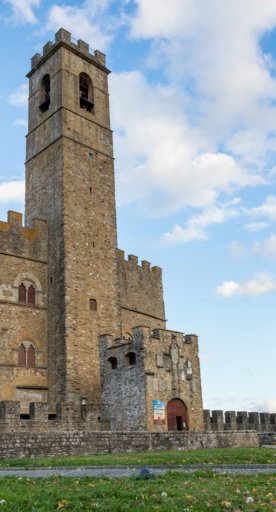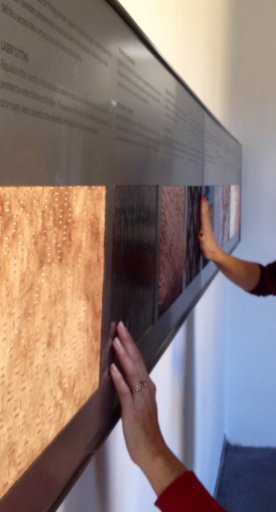The sanctuaries and hermitages of the Island of Elba
Journey through history and culture
Throughout history, small communities of monks, or in some cases individual hermits, known as romitori, have sprung up in the most secluded places of Elba Island.
They are often found in locations of great scenic beauty, where it is easy to rediscover the peace and serenity that these men had sought and found.
-
1.Hermitage of Saint Cerbone
-
2.Hermitage of Saint Caterina
-
3.Sanctuary of the Madonna delle Grazie
-
4.Sanctuary of the Madonna del Monte
-
5.Sanctuary of the Madonna della Neve
-
6.Sanctuary of the Madonna del Monserrato
Hermitage of Saint Cerbone

The oldest and most famous hermitage on the island, where the holy bishop of Populonia stayed in 572 while fleeing from the Lombards, is located between Marciana and Poggio; it was originally just a cave, later transformed into a small church and in a hermitage.
It is very difficult to visit the church inside, as it is almost always closed.
The structure has a single nave, with a beamed ceiling, terracotta floor and no frieze or fresco.
The facade has a squared portal in local granite surmounted by a broken arched tympanum; there is a small bell gable.
Hermitage of Saint Caterina
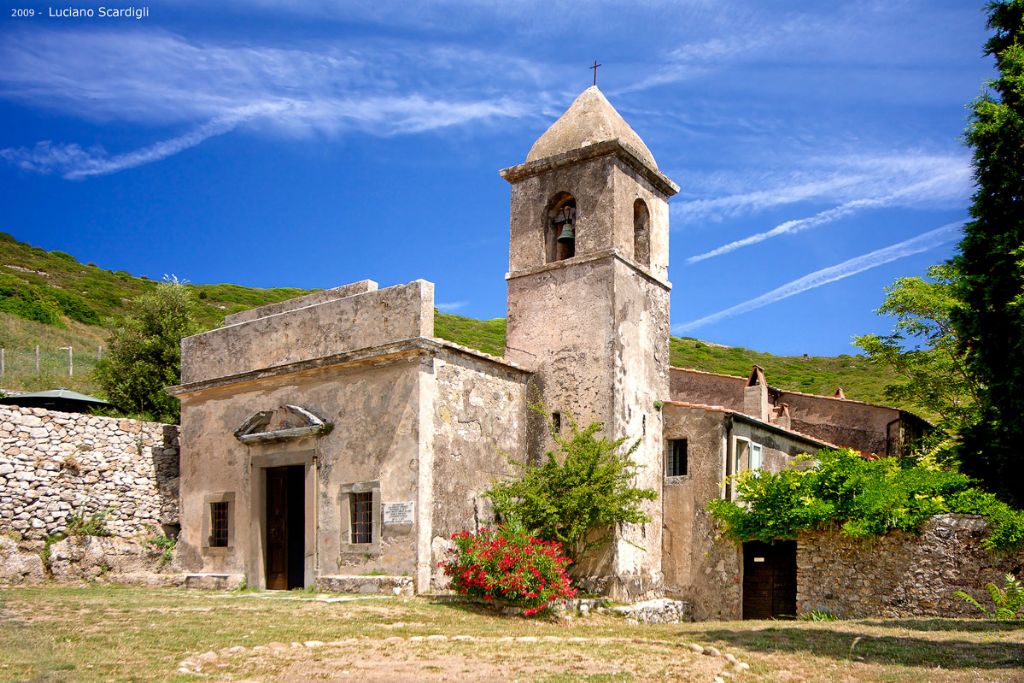
Grassera was the name of a village that stood not far from Rio, on the slopes of Mount Serra.
Of the village, destroyed by raids by Barbary pirates in the mid-16th century, no visible structures remain, except for the Hermitage of Saint Caterina.
Around it, a few fragments of pottery scattered in the fields and recent investigations by the University of Siena testify to the life of the village, where an important part of the activities was iron and steel making.
The interior consists of a single nave culminating in an altar flanked by dark stone columns from local quarries. The church is surmounted by a low bell tower.
Sanctuary of the Madonna delle Grazie
The Sanctuary of the Madonna delle Grazie in Capoliveri, built in the 16th century, according to legend was inhabited by ancient hermits following Mamiliano, a saint who lived as a hermit on the island of Montecristo after the 5th century.
The church consists of a single nave in the shape of a Latin cross with two chapels and a transept, an oriental-style bell tower and a sacristy that once housed rooms for hermits.
The interior is Baroque in style and houses precious frescoes by the Elban painter Eugenio Allori. The sanctuary houses the painting of the Madonna del Silenzio, a true jewel of 16th-century art, made by Marcello Venusti, a student of Michelangelo.
Sanctuary of the Madonna del Monte

The medieval Sanctuary of Madonna del Monte near Marciana is hidden in a cool chestnut forest: it was built with large blocks of granite between the 13th and 14th centuries and rebuilt in the 16th century.
It preserves a 15th-century Madonna painted on granite, while some figures on the apse are related to Sodom.
The crenellated bell tower is from the 20th century in eclectic style, and on the road leading to the shrine are the Stations of the Cross.
In the adjoining hermitage, which housed San Paolo della Croce, also Napoleon stayed briefly.
Sanctuary of the Madonna della Neve
Lacona is home to the Sanctuary of the Madonna della Neve, built in the 16th century on an earlier Romanesque structure.
The shrine consists of a single rectangular nave, a bell tower and the sacristy, built on the remains of the hermitage.
Sanctuary of the Madonna del Monserrato

The Sanctuary of the Madonna del Monserrato is located in Porto Azzurro and was built in 1606 at the behest of the governor of Longone José Pons y Léon to commemorate the sanctuary of the same name in Catalonia.
Inside is housed a Black Madonna, in analogy to the one found in Spain.











